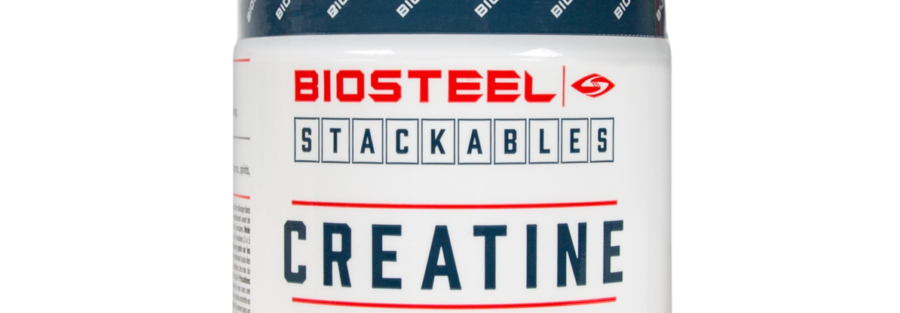If supplementation with creatine monohydrate reduces Total Antioxidant Status, should we reconsider how we recommend its use to team sport athletes?
Creatine is one of the most well-researched performance supplements in the world. Aside from its clear benefits to performance, it also has data proving its efficacy for infants and seniors for treating certain cognitive/neurological disorders. Over the many years of research, there have been few clinical side-effects found with short and/or longer-term use of creatine monohydrate aside from some cramps and mild stomach discomfort.
Or, so I thought.
I came across a study published in 2012 that looked at creatine’s effect on anti-oxidants in the body. Oxidants, commonly called, “free radicals,” are essentially the product of our everyday metabolism. To be clear, people associate the word metabolism with the breakdown of molecules to make energy, but this is actually referred to as, “catabolism.” Meanwhile its counterpart, “anabolism,” is the combining of molecules to build and store energy. The balance between these actions is what we call, “metabolism.”
All day long as oxygen is broken down to produce energy we create these oxidants. Although they play an important role in our overall health, they can be dangerous in large numbers when left unchecked. This is because they steal electrons from other atoms in the body. This can injure nerve, connective, and muscle tissue. Our bodies produce natural protectants against oxidant/free radical formation called, “anti-oxidants,” (we also receive these from the foods we eat). These anti-oxidants are “spent” when they donate their electrons to replace the ones that have been stolen. Ironically, they then become oxidants themselves. But unlike other forms of oxidants, they stabilize themselves. It is important that we have a balance of both oxidants and anti-oxidants.
The study referenced above investigated the effect of creatine supplementation on TAS (Total Antioxidant Status) which is a measurement of oxidant-fighting activity in the body. The researchers demonstrated that creatine use combined with resistance training over a 32 day period lowered the body’s TAS when compared to a control group. I read this and wondered whether this reduction in TAS was really because of creatine itself, or rather because the ingestion of any substrate used to produce energy would result in reduced TAS. As we have been discussing, an increased metabolism would up the number of oxidants, and in response, reduce our reserve of anti-oxidants.
Although it is only one study, the information can be taken into consideration to help us give better advice to athletes.
As for myself, I have always cycled the use of creatine. And that goes for most other supplements, too. But that comes from my own personal philosophy. I don’t necessarily suggest that our athletes do the same because I have never seen anything to warrant the need. Absolutely, in my opinion, the advantages of creatine far outweigh the disadvantages- this being the only one that I have seen. But just as it is in training and in life, whenever stress levels increase we find it wise to add countermeasures to reduce them. If creatine use does indeed lower our total TAS, these are my thoughts on some countermeasures that might prove effective:
1. Don’t use a loading phase if you don’t need to. I think that the data looking at creatine use between those who use a loading phase (that is, using a super-dose of 15g to 20g/day for five to seven days before returning to a regular dose of 5g/day) and those who stick with a 5g/day dose is inconsistent, but seems to suggest that larger individuals and/or individuals who eat less red meat might benefit from using a loading phase. So let’s say that if you are a man over 200lbs or a woman over 155lbs; or are short on time to prepare for a high-intensity period of training or competition; consider using a loading phase. Otherwise stick to 5g/day which should have your cells full to capacity in about a month.
2. Consider cycling your creatine use. Save creatine for the periods when you need it most. For athletes this would be the pre-season, the in-season, and any time in the off-season where the program prioritizes the development of muscle mass, strength, or power.
3. Mineralize your tissues. Ensure you have a diet rich in fruits (berries especially) and vegetables, as well as use a supplement with a proven track record like Juice Plus or Greens Plus. It has been suggested that copper, zinc, and selenium are the minerals we currently know which carry antioxidant properties.
In my opinion, if you are an athlete, supplementation alongside a strategic diet is critical at any time. Water and micronutrients are depleted from your bodies in greater amount than they are in the general population. If you do not prepare countermeasures to remedy this situation it is difficult- if not impossible, to keep up.
Happy Training.



